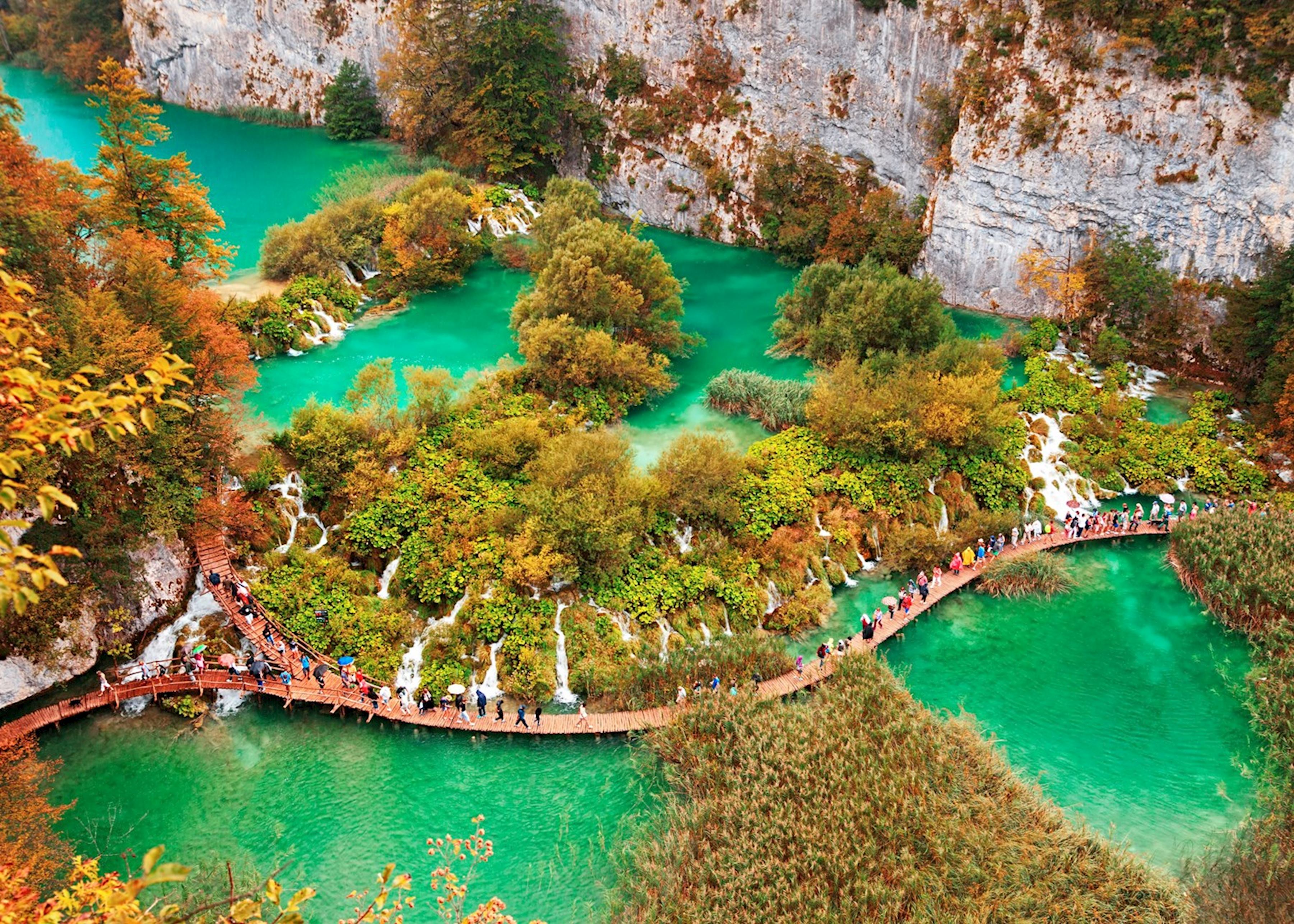

The four main environments typical of salt (alkali) lakes in East Africa are illustrated well in the image.

Also part of the rift system is Gelai Volcano, the slopes of which appear in the lower right corner. Called fault scarps, these lines are the steep, step-like slopes created when the land was pushed up during earthquakes along faults in the Great Rift Valley system of East Africa. Tan lines run north-south, parallel to the eastern lake shore on the right side of the image. In this image, the lake is about ten kilometers wide. The lake is quite shallow, less than three meters deep, and varies in width depending on its water level. Bright white clouds are also visible just right of center and on the top margin. In the inset, numerous, near-white salt-crust “rafts” pepper the shallowest parts of the lake. The red pigment in the cyanobacteria produce the deep reds of the open water of the lake, and orange colors of the shallow parts of the lake. Salt-loving organisms include some cyanobacteria, tiny bacteria that grow in water and make their own food with photosynthesis as plants do. As water evaporates during the dry season, salinity levels increase to the point that salt-loving organisms begin to thrive. This image of the southern half of Lake Natron shows the characteristic colors of lakes where very high evaporation occurs.


 0 kommentar(er)
0 kommentar(er)
